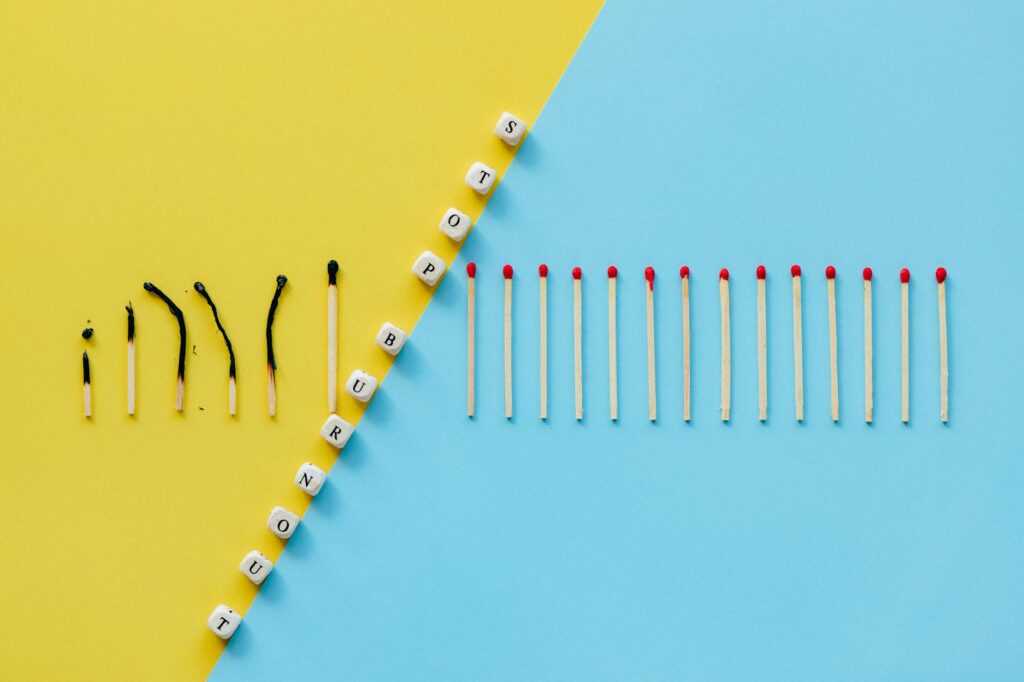What is multitasking reduction techniques?

What is multitasking reduction techniques?
In our fast-paced world, multitasking has become a common practice. We often believe that juggling multiple tasks at once makes us more productive. However, the reality is quite different. In fact, reducing multitasking can significantly enhance our productivity and overall well-being. By focusing on multitasking reduction techniques, we can optimize our time management and personal efficiency.
Understanding Multitasking and Its Impact
Multitasking refers to the ability to perform more than one task simultaneously. While it may seem like a useful skill, studies show that our brains aren’t wired for it. Engaging in multiple tasks can lead to cognitive overload, which ultimately hampers performance. According to research, multitasking can decrease productivity by as much as 40% (source: Verywell Mind).
The Science Behind Multitasking
When we attempt to multitask, our brain rapidly switches from one task to another. This constant shifting can create mental blocks, resulting in wasted time and increased errors. The brain’s processing speed diminishes, leading to slower reaction times and diminished creativity. In essence, multitasking is more about task-switching than actually doing multiple things at once.
Common Misconceptions About Multitasking
Many people hold the belief that multitasking can enhance productivity. However, it’s essential to debunk this myth. Studies indicate that focused work often yields better results than trying to handle several tasks simultaneously. When we concentrate on one task, we can dive deeper, think critically, and produce higher-quality outcomes.
Techniques for Reducing Multitasking
To improve productivity, it’s crucial to adopt specific techniques aimed at reducing multitasking. Here are some effective strategies you can implement:
Time Blocking
Time blocking is a powerful technique that involves scheduling specific blocks of time for individual tasks. By dedicating uninterrupted periods to focused work, you can enhance your concentration and efficiency. For instance, allocate an hour in the morning solely for writing, without any distractions. This method helps create a structured routine that promotes discipline and minimizes the temptation to multitask.
Prioritization and Task Management
Another effective technique is prioritizing tasks. Utilizing tools like the Eisenhower Box can help you categorize tasks based on urgency and importance. This approach not only clarifies what needs immediate attention but also reduces the overwhelming feeling of having too many tasks at hand. Learn to say no to less important tasks, allowing you to devote your energy to the ones that truly matter (source: Upwork).
Pomodoro Technique
The Pomodoro Technique is a time management method that promotes sustained focus through timed work sessions. Typically, you work for 25 minutes, followed by a 5-minute break. After four sessions, take a longer break of 15-30 minutes. This technique encourages deep work while preventing burnout, making it a fantastic way to combat multitasking and stay productive.
Creating a Productive Environment
Your work environment plays a significant role in minimizing distractions. A cluttered space can lead to a cluttered mind, making it harder to concentrate on tasks.
Decluttering Workspace
Start by decluttering your workspace. Remove unnecessary items that could distract you. A clean and organized work area allows for a more focused mindset, making it easier to tackle tasks one at a time.

Photo by Nataliya Vaitkevich
Digital Distraction Management
In today’s digital age, managing online distractions is essential for productivity. Turn off notifications on your phone and computer while working. Consider using website blockers to limit access to distracting sites during work hours. These small changes can help you maintain focus on your primary tasks.
Measuring the Success of Multitasking Reduction Techniques
To understand how effective these multitasking reduction techniques are, it’s vital to set measurable goals and track your progress.
Setting SMART Goals
Implementing the SMART criteria can help you create effective goals. Your objectives should be Specific, Measurable, Achievable, Relevant, and Time-bound. For example, aim to complete a specific project by Friday, dedicating a particular time each day to work on it. Setting clear goals allows you to assess improvements in productivity over time.
Tracking Progress and Reflection
Regularly reflecting on your productivity is crucial. Keep a journal or use productivity tracking tools to evaluate your performance. Take note of what techniques work best for you and adjust your strategies accordingly. This reflection can lead to continuous improvement and help you stay committed to reducing multitasking.
Conclusion
In conclusion, multitasking reduction techniques are essential for enhancing productivity and achieving better work-life balance. By understanding the science behind multitasking, implementing effective strategies like time blocking and prioritization, creating a distraction-free environment, and measuring your success, you can significantly improve your focus and efficiency. Embrace these techniques, and you’ll find that you can accomplish more by doing less.